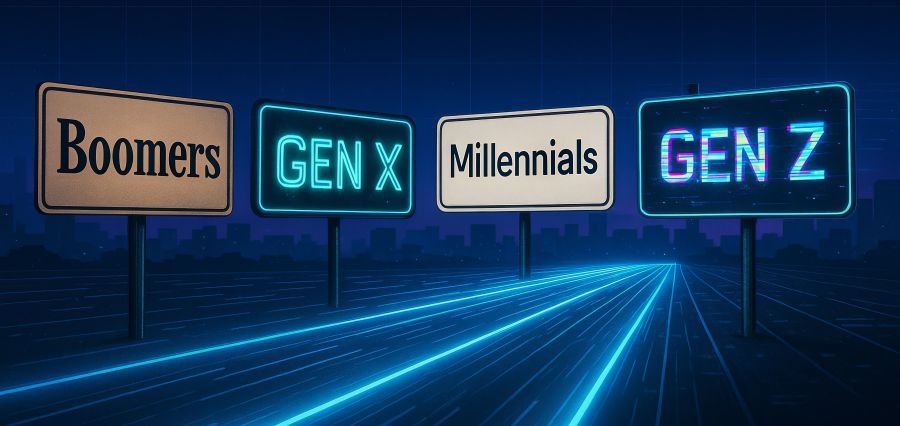Richard “Dick” Charles Larson, a trailblazer in operations research and systems engineering, is a name synonymous with pioneering thought and impactful innovation. As Professor of Data, Systems, and Society at the Massachusetts Institute of Technology (MIT), Larson’s work has shaped how cities respond to emergencies, how we understand queueing behavior, and how educational content can transcend borders through technology. His expansive contributions over the past five decades continue to influence policy, urban infrastructure, and digital learning environments worldwide.
Larson’s remarkable academic and professional career is rooted in a personal narrative that emphasizes curiosity, systemic thinking, and a lifelong commitment to public service. Born in Bayside, Queens, and raised across various towns in the northeastern United States, Larson’s formative years were defined by parental support and an early inclination toward problem-solving. With three degrees in Electrical Engineering from MIT, Larson transitioned seamlessly from student to thought leader, dedicating his career to the application of operations research to societal problems.
Whether advising city governments on emergency services logistics, educating the next generation through the BLOSSOMS initiative, or reshaping disaster planning through simulation models, Professor Larson’s life is a testament to how science and humanism can intersect. Often referred to as “Doctor Queue” for his work on the psychology of waiting lines, Larson remains a respected figure across academia, public policy, and media. His narrative is not just about algorithms or equations; it is about engineering systems that truly serve people.
Early Life, Values, and Foundations
Richard Larson was born in 1943 in Bayside, Queens, and later moved to small-town Sunbury, Pennsylvania, before settling in North Plainfield, New Jersey. These varied environments provided him with a diverse lens on community life and the structure of public services. He often speaks of a pivotal moment from his childhood when his parents gave him the freedom to choose whether to attend kindergarten. This early empowerment of decision-making shaped his self-perception and capacity for analytical thinking.
Larson credits his parents—his father, Gilbert C. Larson, a man of technical understanding, and his mother, a steadfast supporter—for fostering an environment where curiosity and learning were nurtured. The absence of formal kindergarten education didn’t hinder his intellectual development; in fact, it possibly enhanced it. By spending time outdoors and interacting with the natural world, young Dick began cultivating an intuitive sense for systems and spatial relationships, both of which would later become central to his research.
This sense of agency, combined with a growing love for mathematics and physical sciences, became Larson’s compass. By the time he reached Needham High School, he had encountered MIT’s physics curriculum born from the Sputnik era—a curriculum that merged abstract math with the physical world in revolutionary ways. It was this educational exposure that illuminated his path toward MIT and the world of operations research.
A Lifelong Bond with MIT
MIT did not initially feel like a place of belonging for Richard Larson. Like many new students, he arrived on campus with imposter syndrome, convinced that his acceptance was a mistake. But it didn’t take long for him to recognize that success at MIT wasn’t about being the smartest in the room—it was about working collaboratively, thinking systematically, and pushing boundaries. By his sophomore year, he had grown confident in his role within the MIT community.
Larson earned his Bachelor’s, Master’s, and Ph.D. in Electrical Engineering from MIT. He chose this path partly because his father had pursued a similar degree, but largely because Course 6—Electrical Engineering and Computer Science—offered him the tools to think logically and analyze complex systems. His professors and peers played an important role in this journey, fostering both his technical abilities and his leadership acumen.
A significant part of his early professional life was shaped by his involvement with the RAND Corporation, where he began studying emergency response systems in urban environments. His research brought together mathematics, logistics, and social impact—core elements of what would become his lifelong academic and practical focus. MIT remained not just his alma mater but also his lifelong academic home, where he served in various leadership and research roles for decades.
Designing Urban Resilience Through Operations Research
Larson’s work in urban systems has consistently aimed to answer a central question: how can we use data and models to improve everyday life? From the dispatch of police units to the configuration of postal systems and the design of pandemic response strategies, his application of operations research principles has transformed how municipalities think about service delivery.
In the late 1960s and early 1970s, he began studying emergency service dispatch systems in New York City. The outcome was a series of research papers that contributed to more responsive and efficient public safety protocols. Over the years, this research expanded into the broader realms of disaster management, disease dynamics, and urban logistics. Larson understood that emergencies unfold in real-time and that human behavior plays a central role in how systems succeed or fail.
The combination of quantitative modeling and social empathy became a defining feature of his research. His work continues to influence urban planning departments, emergency response systems, and infrastructure design globally. Whether it’s the optimization of ambulance routes or the forecasting of pandemic spread, Larson’s models remain integral to public policy and resilience planning.
Doctor Queue and the Psychology of Waiting
One of Larson’s most publicized and enduring areas of research is in queueing theory—the science and psychology of waiting. His fascination with queues was not just mathematical; it was deeply human. He explored not only how to reduce wait times but also how to improve the perception of waiting. His insights into perceived fairness, informational transparency, and emotional response during wait periods have helped businesses and government agencies design more humane and efficient systems.
This work earned him the nickname “Doctor Queue,” a title that encapsulates both his technical mastery and his media presence. He has appeared on National Public Radio, in The Washington Post, and numerous academic forums, often sharing insights on why a line feels longer than it is or why people prefer occupied time over unoccupied time while waiting.
The depth of his analysis went far beyond logistics. By treating queueing systems as both operational and psychological structures, Larson bridged the gap between cold math and human experience. His findings continue to be applied across industries—from airport security checks to healthcare triage systems and online customer service platforms.
Education Without Borders: MIT CAES and LINC
In 1995, Larson took on the role of Director at MIT’s Center for Advanced Educational Services (CAES). His mission was clear: leverage technology to democratize access to high-quality education. During his tenure, he oversaw groundbreaking initiatives that brought MIT-caliber education to students across the globe. This culminated in his leadership of the Singapore-MIT Alliance for Research and Technology, among other projects.
His passion for global learning later led to the founding of LINC—the Learning International Networks Consortium. LINC organized five international symposia and led several projects in Africa, China, and the Middle East. Larson’s belief was simple but powerful: quality education should not be limited by geography. Through technology, he envisioned a future where learning would be scalable, contextual, and universally accessible.
BLOSSOMS (Blended Learning Open Source Science or Math Studies), another of his signature initiatives, exemplifies this ethos. BLOSSOMS creates video-based STEM lessons that combine the best of online and offline teaching methodologies. It remains a vital educational resource across countries and languages, helping educators build contextual and culturally relevant teaching experiences.
Honors, Influence, and Ongoing Impact
Richard Larson’s influence is vast and well-recognized. He was elected to the National Academy of Engineering in 1993, with accolades specifically citing his contributions to applying operations research methodologies in service sectors. He has served as President of the Operations Research Society of America and later as a founding fellow of INFORMS (Institute for Operations Research and the Management Sciences).
He has consulted for both public institutions and private companies, including the U.S. Postal Service and the City of New York. Through these roles, he has shaped national policy, influenced infrastructure planning, and contributed to long-term strategic visions for service delivery. He also spent over 15 years as Co-Director of the MIT Operations Research Center, where he mentored hundreds of students and researchers.
His publications—spanning over 175 scientific articles and six books—continue to serve as foundational texts in the fields of systems engineering, queueing theory, logistics, and disaster planning. They are not only academically rigorous but also deeply connected to real-world issues.
A Legacy Rooted in Service and Systems
Richard Larson’s legacy is not just in his scholarly output or his institutional leadership. It lies in the systems he has helped build, the lives he has touched, and the students he has mentored. His work embodies the principle that science should serve society, that systems thinking can empower communities, and that technology, when used wisely, can be a tool for inclusion rather than division.
Even today, as Professor Post-Tenure at MIT, he continues to guide research initiatives, contribute to global dialogues, and challenge the next generation of engineers and policy-makers to think beyond equations. He remains driven by a belief in human potential—amplified by data, informed by empathy, and executed through collaboration.
Larson’s story is more than a biography of achievements; it is a roadmap for those who wish to use engineering as a force for good. From the curious child in Pennsylvania’s fields to the global innovator at MIT, his life’s work reminds us that the best systems are those that serve people.









